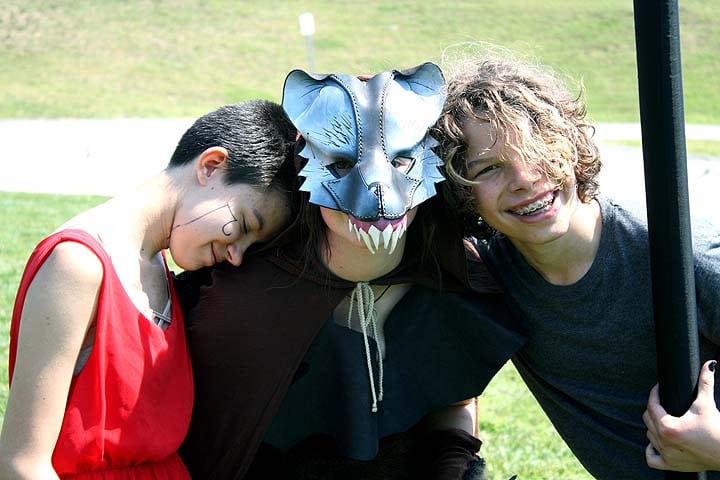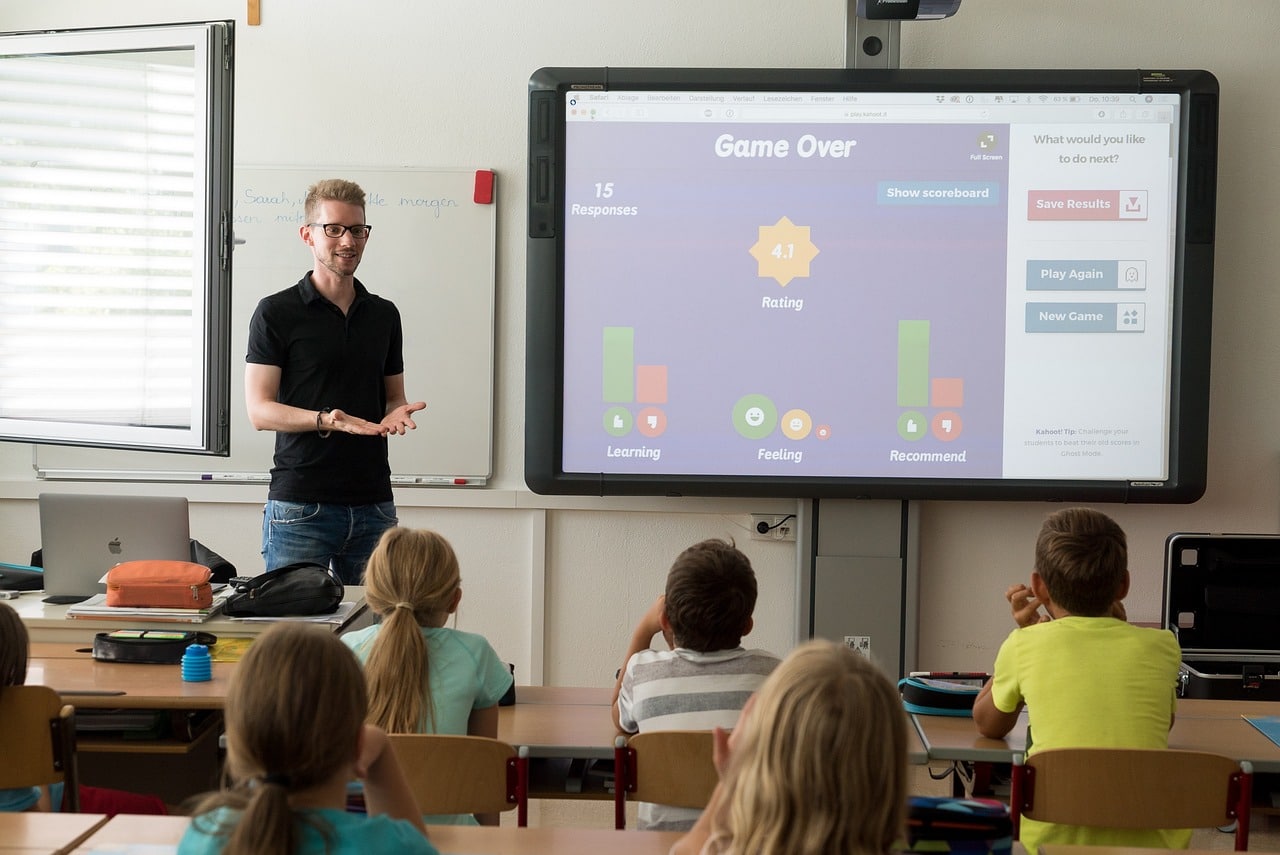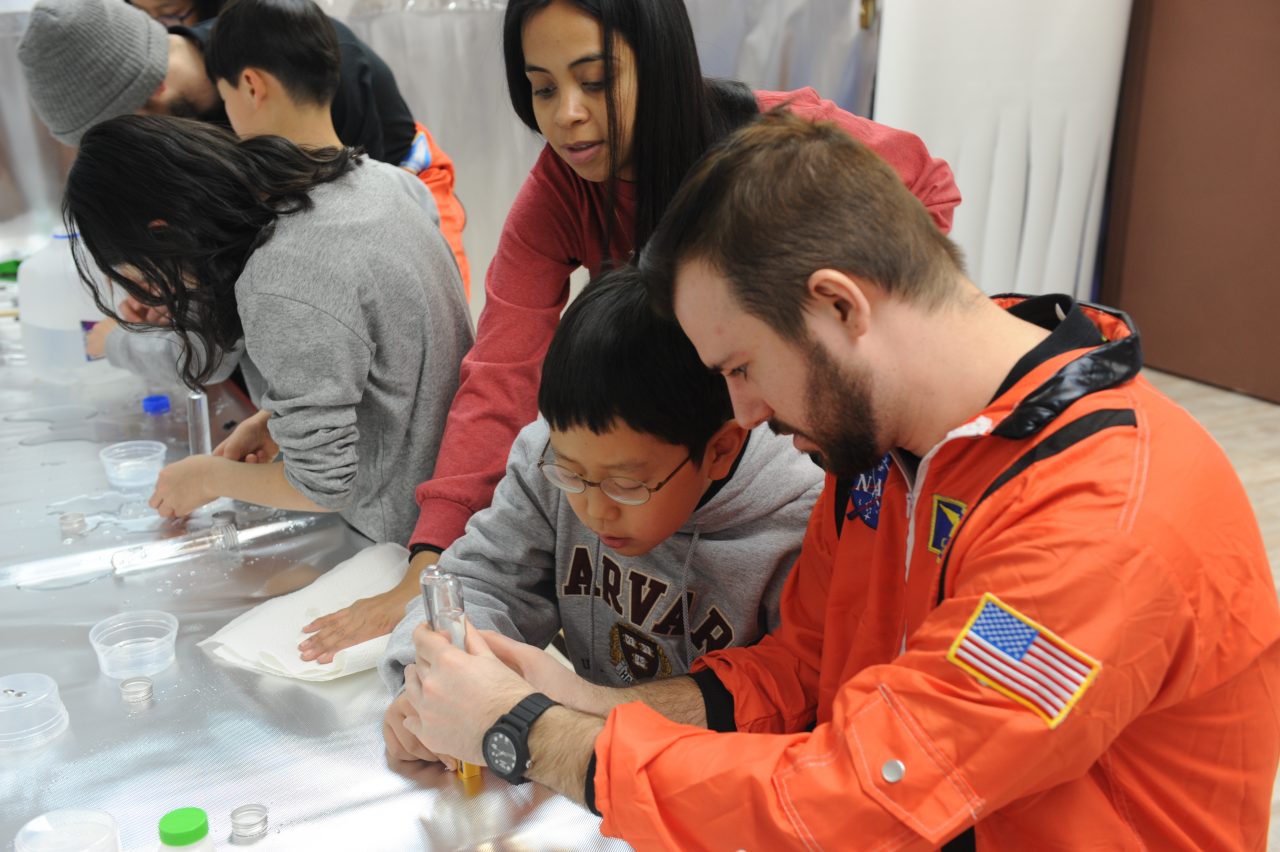Live Action Role Playing (LARP) offers a unique blend of role-playing, improvisational theater, and sometimes combat simulation. Learning how to LARP might feel intimidating at first. So here’s an expanded guide to help you dive into the world prepared for adventure and making the most of your experience.
Step 1: Research Different LARPs
- Explore Genres: Fantasy, sci-fi, horror, post apocalyptic, superhero, spy, futuristic, or historical – pick a genre that captivates you and feeds your imagination.
- Age Range: Some LARPs are for kids and/or teens, and some are for adults. Some allow families. Find the environment that is best for you and any companions who go with you.
- Find a Local Game: Use LARPing.org. Facebook, search the web for “LARP near me” or local gaming forums to locate nearby games.
- Start a LARP:If there are no LARPs near you, investigate starting your own LARP and invite friends. But first try out a few LARPs if possible so that you can get an idea of how to run a LARP.
- Community Insight: Join online forums or social media groups dedicated to LARPing to get insights and advice from experienced LARPers. Some of them will even do a local meetup at a park or restaurant to practice boffer (foam padded weapons) fighting or chat about the game.
- Event Types: Learn about different event types – from just hours long to one-day adventures, weekend-long, or even summer long campaigns at LARP summer camps.
Step 2: Understand the Rules
- Game Mechanics: Each LARP has unique rules; some may focus on combat, while others emphasize story. Some have a short rule book and others have expansive rules for covering a wide range of interactions.
- Safety Guidelines: Familiarize yourself with safety protocols, especially for combat LARPs. Know the safety calls (EG. Calling “HALT!” may cause everyone in ear shot to stop their actions and pay attention to the person who may be in danger or is injured).
- Character Restrictions: Most games have rules and guides about character creation – learn these to build a character that fits your preferred type of interaction and fits the theme of the LARP.
- Conflict Resolution: Understand how conflicts (in-game and interpersonal) are resolved. Some use boffer weapons or NERF blaster type projectiles, and some use printed cards or even rock-paper-scissors. Be sure to find out what types of weapons are allowed, if any, and the build requirements for those that are handmade.
Step 3: Create Your Character
- Character Concept: Take the time to write out your character’s backstory, personality, and goals – try to incorporate elements from the game ethos or history.
- Costume and Props: Assemble your costume, accessories, and gear. DIY costumes can be both affordable and creative – especially if you visit thrift stores and look for used items online. Check to make sure that any props you bring into the game are acceptable and not in conflict with the safety rules (EG Many LARPs prohibit the carrying of glass props) or the storyline.
- Character Development: Consider how your character interacts with the world and other characters. Figure out their unique background and perspective. Ask yourself questions about what has shaped this character. A good exercise for this was designed by Caro Murphy which can help you get a more detailed understanding of your character:
- Describe a moment of awe that your character has experienced
- Describe a moment of deep gratitude your character has experienced
- Describe a moment of intimacy your character has experienced
- Alignment and Motivation: Decide your character’s moral alignment and motivations for a deeper role-playing experience. Are they power hungry? Are they driven by a sense of justice or perhaps seeking vengeance? Are they on a quest bestowed upon them by their family? What will they stop at (if anything) to achieve their objective?
Step 4: Prepare for Role-Playing
- Practice Improvisation: Improv skills are important for reacting in character (assuming you are playing a character different than yourself). Being able to come up with a response that suits the kind of character you wish to portray can help make your character believable.
- Understand the Setting: Know the world your character inhabits for better role-play experiences. Most LARPs have a well developed ethos about the history, politics, and legends of the world. Learning about these can help you look like you have been in the world for a while.
- Body Language: Work on non-verbal cues that fit your character, like a warrior’s confident stance or a wizard’s contemplative gestures. Try out body language you don’t typically use and see what it feels like.
- Emotional Responses: Consider how your character would react emotionally in different scenarios. These can change depending on your character’s motivations or history. Are they cool headed or do they have a short fuse? How do they express appreciation? What are they afraid of and how does fear show up on them?
- Conflict Handling: Think about how your character would handle conflicts – are they diplomatic? Is intimidation their go-to? Or are they conflict avoidant? Maybe they are a mix of all three, depending on the situation?
- Special Skills: Are you skilled at music or storytelling in real life? Perhaps you can bring those skills into the LARP as a charismatic bard, practice telling stories, singing, or playing an instrument in character.
Step 5: Engage in the Game
- Participate Actively: Explore, interact with others, and engage with the story. Embrace the awkward feelings that might arise and know that everyone is just playing pretend. It’s not you… it’s your character.
- Respect Boundaries: Maintain respect for personal and physical limits of the other players and staff. Know the boundary rules (such as asking permission to touch someone or if only verbal search statements are permitted) and honor them. This helps to create a safe game environment for all.
- Teamwork and Alliances: Form alliances or work in teams for a richer experience. The other players can provide valuable information about the current plot lines and also help your character achieve their goals.
- Explore Subplots: Engage in smaller side stories that your character would be interested in. Subplots can sometimes become much bigger plots if more players become involved. Depending on the game, subplots can sometimes be customized to individual players or groups of players and their backstory or interests.
- Problem Solving: Use your character’s skills and wits to solve in-game puzzles or challenges. Even simple puzzles can sometimes lead to important clues about larger plots.
- Adapt and Evolve: Be ready to adapt your character’s actions and goals as the story unfolds. We all change as people… so do our characters. Let your character serve your curiosity.
- Participate in Debriefs: Some LARPs run active debrief sessions to help players and staff talk out what they experienced and what it means to their character – as well as to them as a person. Differentiating between these two can help understand “bleed” which is a term that describes when in-game experiences can have an emotional impact on your out-of-game life. The more immersive the LARP, the more likely that bleed can occur. Journaling is also a good exercise for understanding bleed and whether the experience has had a positive or negative impact on your life outside of the game.
The most important part to remember about how to LARP is that it’s about enjoying a shared narrative experience. Don’t stress about perfection; focus on immersing yourself in your character and the world to the degree that you are comfortable. As you gain experience, your confidence and enjoyment will naturally grow.
Guardian Adventures provides LARP and game consulting and program development for museum and science centers, summer camps, amusement & attraction industries, and more.











